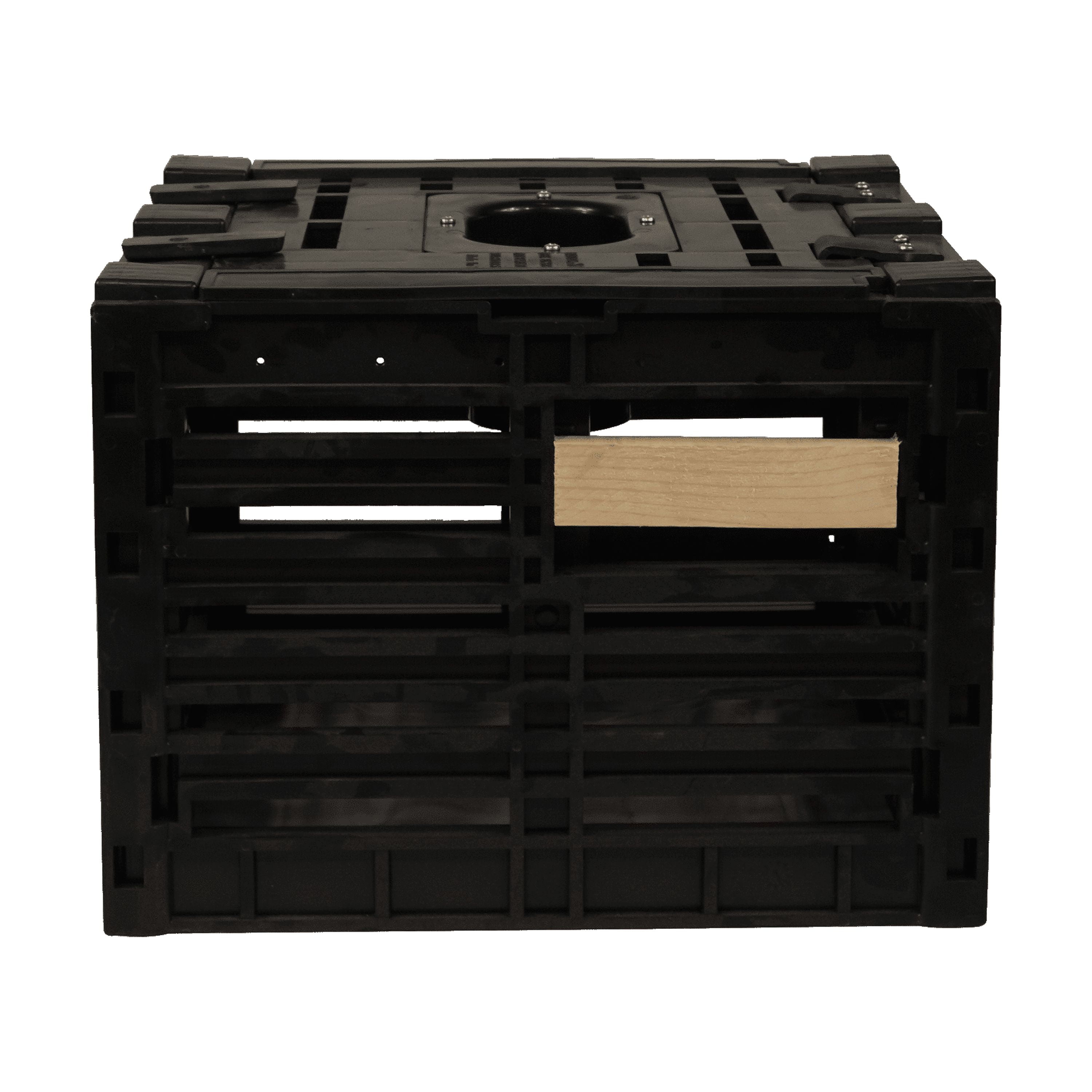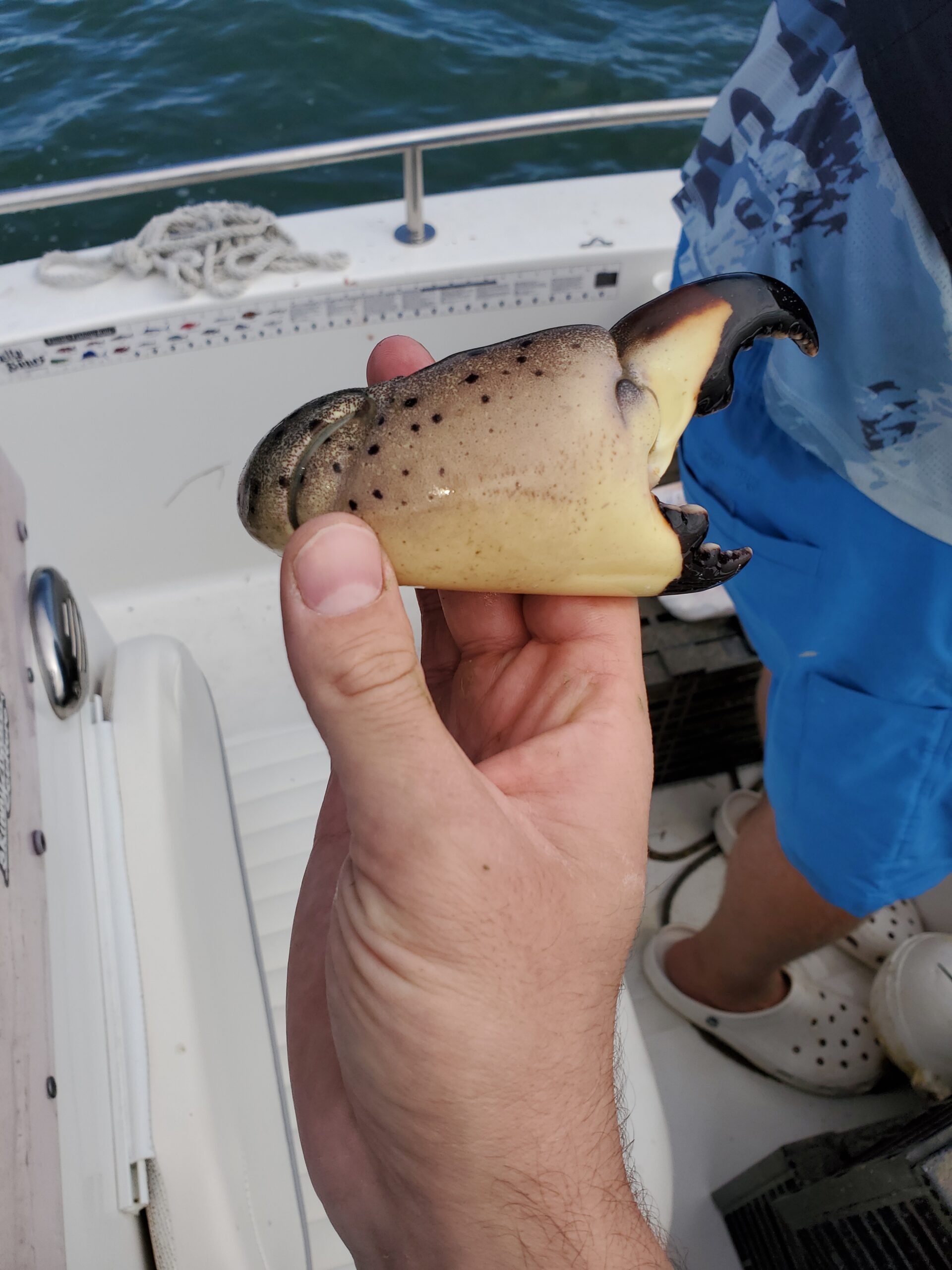Florida’s coastal waters are home to a delectable treasure waiting to be discovered – stone crabs. They are known for their succulent, sweet meat and hefty price tag at grocery stores and restaurants. However, with just a bit of leg work, you can get in on these tasty morsels DIY!
Registration
Believe it or not, you can’t just go out and start trapping, there are a few hoops that you must jump through first. Recreational fishers age 16 and older (including those normally exempt from needing a license) are required to complete an online, no-cost recreational stone and/or blue crab trap registration before using stone or blue crab traps. You can register here: GoOutdoorsFlorida.com.
Once completed, you will receive unique trap registration numbers that must be included on each of your traps along with your full name and address. Registration numbers for stone crab traps will begin with the letter “S”; registration numbers for blue crab traps will begin with the letter “B.” This information must be legible and must be permanently attached to each trap.
How to Catch Stone Crabs
There are specialized traps that you can buy which are specifically made for stone crabbing. They look like black milk crates (see below) and differ from traditional crab traps in that you will need to fill the bottom with concrete to successfully use them. Stone crabs aren’t like the blue crabs of your neighborhood marsh, they live in deeper waters – hence the concrete bottom. Don’t use too much to the point where you won’t be able to recover the trap, but certainly enough to get the trap down to the bottom. As far as baiting the trap goes, see what works try anything from squid to pig feet, and experiment with different bait options to determine what works best in your chosen location.
 Below is a diagram of a proper trap:
Below is a diagram of a proper trap:

Regulations on Stone Crabs
Before you embark on your stone-crabbing adventure, it’s crucial to be well-versed in the regulations governing this activity. The Florida Fish and Wildlife Conservation Commission (FWC) oversees the regulations to maintain a sustainable and healthy stone crab population. Here are some key points to keep in mind:
- Season Dates: The stone crab season typically runs from October 15th to May 1st. Outside of this period, it is illegal to harvest stone crabs.
- Size Limitations: Only claws of a certain size may be harvested. The FWC mandates a minimum size limit, measured by the propodus length (the lower part of the claw) which must be 2 7/8 inches. You must measure this with a specialized stone crab claw measuring tool.
- Harvesting Techniques: Stone crabs must be captured using specifically designed traps. Harvesters are prohibited from using devices that can puncture, crush, or injure the crab’s body.
- Claw Removal: While technically, both claws can be removed, many people do not for conservation purposes.
- Boat Gear: Traps must be pulled manually (not by a trap-puller). Any vessel that is rigged with a trap-puller is considered a commercial vessel and the appropriate licenses will be required.
- Time: Traps must be pulled ONLY during daylight hours.
- Location: Traps can’t be placed just anywhere. It is illegal to place traps in navigational channels of the Intracoastal waterways, or navigational channels maintained and marked by any county, municipal, state, or federal governmental agency.

Savoring the Bounty
Once you’ve successfully harvested your stone crab claws, it’s time to indulge in the fruits of your labor. They are typically boiled with spices like Old Bay, and can be served chilled with a side of mustard or butter sauce for dipping. Even after boiling, they can be tough to open, if crab crackers aren’t enough, a hammer can also be used.
Conclusion
Whether you’re a seasoned crabber or a first-timer, the thrill of the hunt and the reward of a delicious meal make stone crabbing an experience like no other. So, gear up, follow the guidelines, and get ready to crack open the secrets of Florida’s delectable stone crabs! If you enjoyed this article, then perhaps you’d like to check out more of my blogs. You can read my latest, “Top Flats Skiffs” here.
Until next time, tight lines!
